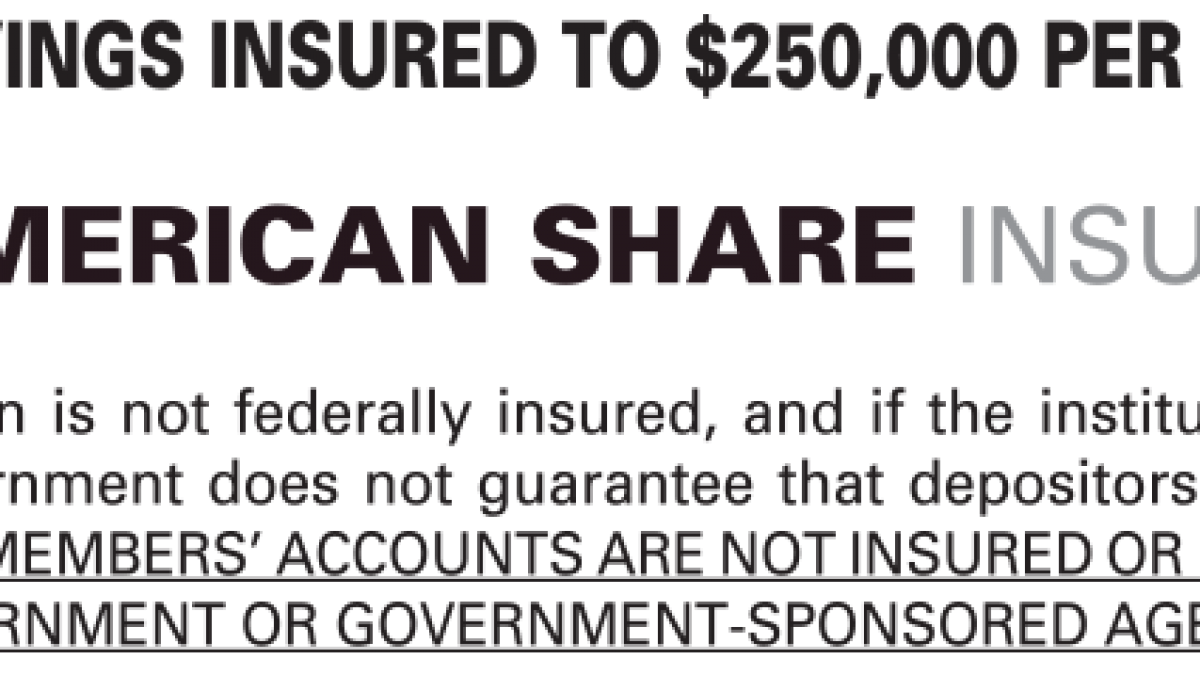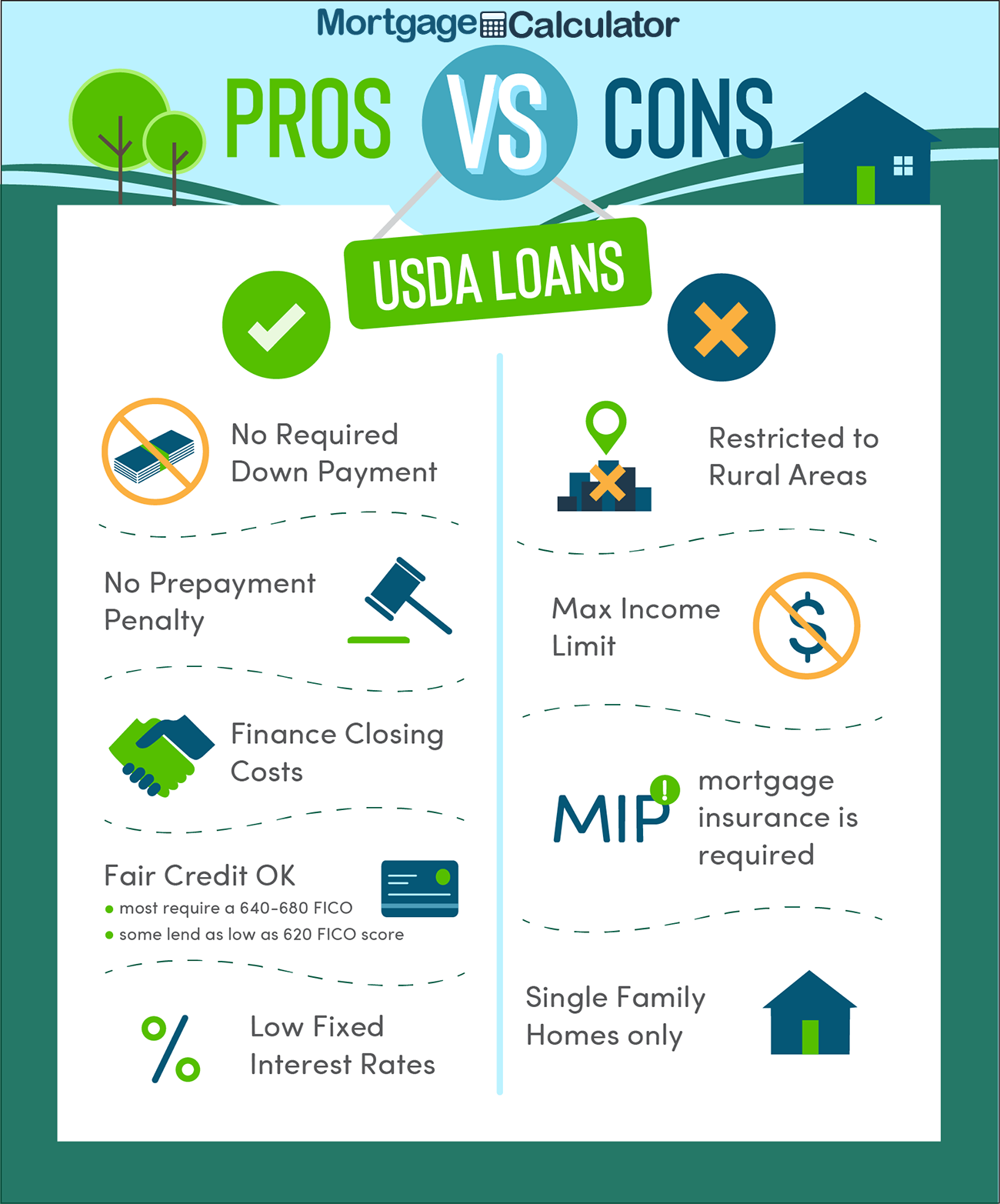For a reverse mortgage to be a practical financial alternative, existing home loan balances normally should be low enough to be settled with the reverse home loan proceeds. However, borrowers do have the choice of paying for their existing home loan balance to receive a HECM reverse home mortgage. The HECM reverse home mortgage follows the basic FHA eligibility requirements for property type, indicating most 14 family homes, FHA approved condos, and PUDs qualify.
Prior to starting the loan procedure for an FHA/HUD-approved reverse mortgage, applicants should take an approved counseling course. An authorized counselor ought to assist describe how reverse mortgages work, the financial and tax ramifications of taking out a reverse home mortgage, payment options, and costs connected with a reverse mortgage. The counseling is meant to secure debtors, although the quality of counseling has actually been slammed by groups such as the Customer Financial Protection Bureau. why do banks sell mortgages to other banks.
On March 2, 2015, FHA implemented new guidelines that require reverse home loan applicants to go through a monetary assessment. Though HECM customers are not needed to make regular monthly home loan payments, FHA wishes to make sure they have the monetary capability and willingness to stay up to date with property taxes and house owner's insurance coverage (and any other relevant residential or commercial property charges).
Prior to 2015, a Lender could not refuse a request for a HECM as the requirement is age 62+, own a home, and meet initial debt-to-equity requirements. With FA, the lending institution might now require Equity "set aside" rules and amounts that make the loan difficult; the same as a declination letter for poor credit.
Some Ideas on What Fico Scores Are Used For Mortgages You Should Know
Satisfying credit - All real estate and installation debt payments need to have been made on time in the last 12 months; there are no more than 2 30-day late mortgage or installation payments in the previous 24 months, and there is no major negative credit on revolving accounts in the last 12 months.
If no extenuating scenarios can be recorded, the customer might not qualify at all or the lender may need a big amount of the primary limit (if readily available) to be taken into a Life Span Set Aside (LESA) for the payment of home charges (real estate tax, homeowners insurance coverage, etc.).
The fixed-rate program features the security of a rates of interest that does not change for the life of the reverse mortgage, but the rate of interest is typically greater at the start of the loan than a similar adjustable-rate HECM. Adjustable-rate reverse mortgages generally have rate of interest that can change on a regular monthly or annual basis within specific limitations.
The initial interest rate, or IIR, is the actual note rate at which interest accrues on the exceptional loan balance on Visit this site an annual basis. For fixed-rate reverse home loans, the IIR can never change. For adjustable-rate reverse mortgages, the IIR can alter with program limitations as much as a life time rate of interest cap.
More About What Is The Interest Rate On Mortgages
The EIR is frequently various from the real note rate, or IIR. The EIR does not figure out the quantity of interest that accumulates on the loan balance (the IIR does that). The overall pool of cash that a borrower can receive from a HECM reverse mortgage is called the primary limit (PL), which is calculated based on the maximum claim amount (MCA), the age of the youngest borrower, the predicted interest rate (EIR), and a table to PL factors published by HUD.

Many PLs are generally in the series of 50% to 60% of the MCA, however they can sometimes be higher or lower. The table below offers examples of principal limits for various ages and EIRs and a residential or commercial property worth of $250,000. Customer's age at origination Anticipated rate of interest (EIR) Principal limitation aspect (since Aug.
Simply put, older debtors tend to qualify for more money than more youthful customers, however the total quantity of cash readily available under the HECM program tends to decrease for all ages as interest rates rise. Closing costs, existing home mortgage balances, other liens, and any property taxes or property owners insurance coverage due are generally paid of the preliminary principal limitation.
The cash from a reverse home loan can be dispersed in 4 ways, based upon the debtor's financial needs and goals: Swelling amount in money at settlement Regular monthly payment (loan advance) for a set number of years (term) or life (tenure) Credit line (comparable to a home equity line of credit) Some combination of the above Note that the adjustable-rate HECM provides all of the above payment choices, however the fixed-rate HECM just uses swelling sum.
The 7-Second Trick For How Many Types Of Reverse https://postheaven.net/ravettuh5i/therapy-companies-typically-charge-a-charge-for-their-services-frequently Mortgages Are There
This implies that customers who decide for a HECM line of credit can potentially get to more money with time than what they initially got approved for at origination. The line of credit growth rate is determined by florida timeshare cancellation law including 1.25% to the preliminary rates of interest (IIR), which suggests the line of credit will grow quicker if the rates of interest on the loan boosts.
Due to the fact that many customers were taking full draw lump sums (frequently at the support of loan providers) at closing and burning through the cash rapidly, HUD looked for to protect borrowers and the practicality of the HECM program by restricting the quantity of proceeds that can be accessed within the very first 12 months of the loan.

Any staying readily available proceeds can be accessed after 12 months. If the overall mandatory commitments go beyond 60% of the primary limitation, then the customer can draw an extra 10% of the principal limit if offered. The Real Estate and Economic Healing Act of 2008 offered HECM mortgagors with the opportunity to buy a new primary home with HECM loan proceeds the so-called HECM for Purchase program, efficient January 2009.
The program was created to allow the elderly to buy a new principal residence and acquire a reverse mortgage within a single transaction by eliminating the need for a 2nd closing. Texas was the last state to permit for reverse home loans for purchase. Reverse home loans are frequently slammed over the concern of closing costs, which can in some cases be costly.
4 Easy Facts About Who Has The Best Interest Rates On Mortgages Shown
Thinking about the restrictions imposed upon HECM loans, they are comparable to their "Forward" contemporaries in total costs. The following are the most typical closing expenses paid at closing to get a reverse mortgage: Counseling fee: The initial step to get a reverse home mortgage is to go through a therapy session with a HUD-approved therapist.
Origination cost: This is charged by the lender to arrange the reverse home loan. Origination costs can differ commonly from lending institution to lender and can vary from nothing to a maximum of $6,000. Third-party costs: These costs are for third-party services employed to finish the reverse home loan, such as appraisal, title insurance coverage, escrow, government recording, tax stamps (where suitable), credit reports, etc.
The IMIP secures lenders by making them entire if the house costs the time of loan payment for less than what is owed on the reverse mortgage. This safeguards borrowers also because it implies they will never owe more than their house deserves. Since 1/2019, the IMIP is now 2% of the max claim quantity (Either the appraised value of the house up to an optimum of $726,535) The annual MIP (home loan insurance premium) is.50% of the impressive loan balance.